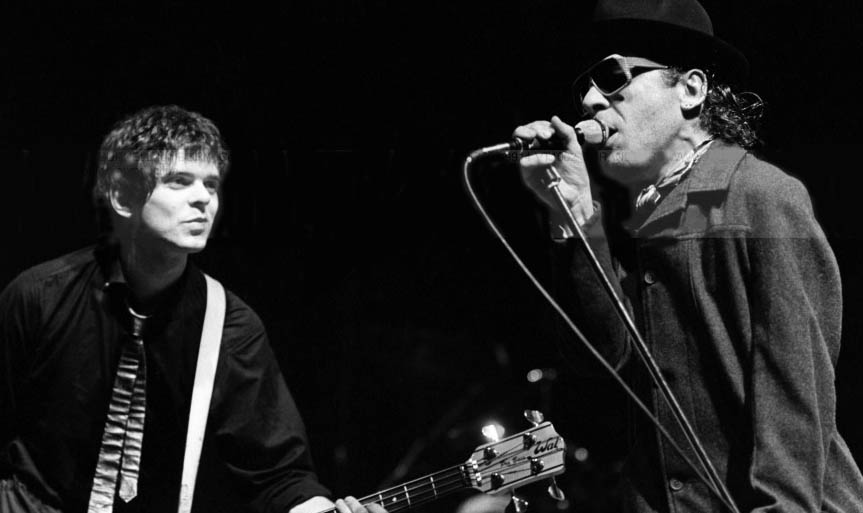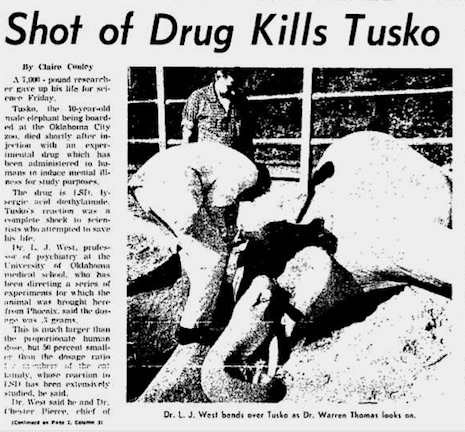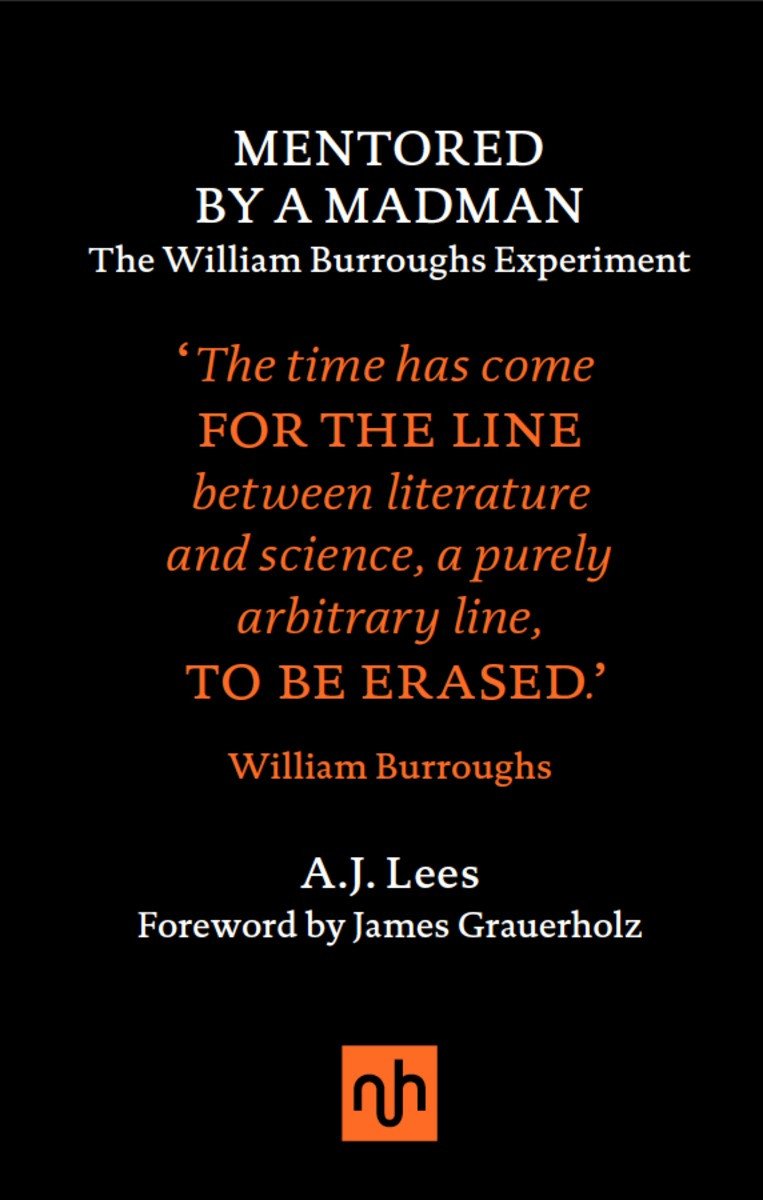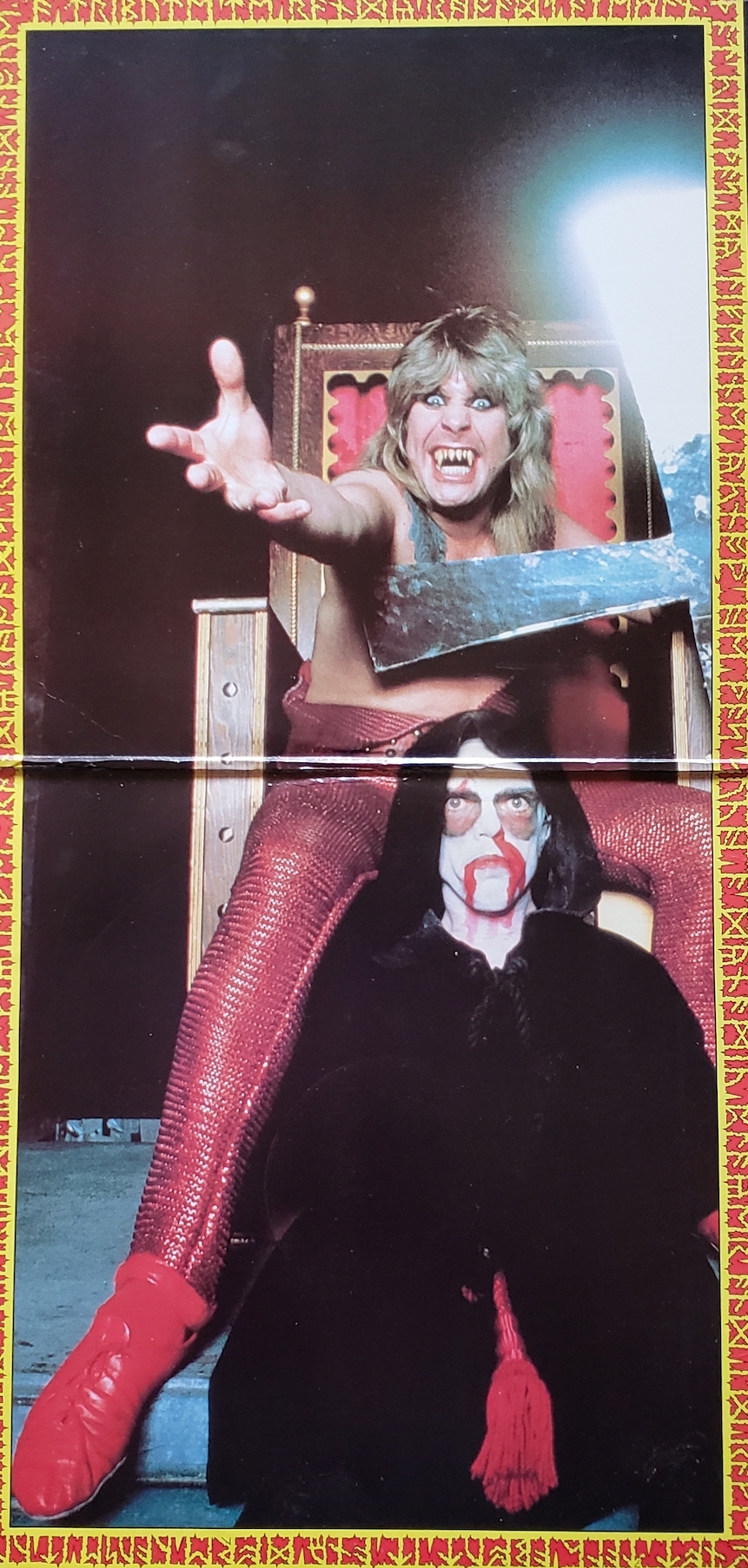
The gatefold image from ‘Speak of the Devil’ featuring Ozzy and John Edward Allen as Ronnie the Dwarf (also sometimes called Ronnie the Midget). For what it’s worth, this photograph was unapologetically taken of the author’s original U.S. pressing of the album from 1982.
While on tour in support of both Diary of a Madman (1981-1982), and his follow-up live album, Speak of the Devil (1982-1983), Ozzy Osbourne‘s live show included actor and dwarf John Edward Allen. You may recall Allen not only participated in the live shows but also appeared on the inside of the infamous gatefold (pictured above) of the Speak of the Devil album, made up to look like a bloody, undead disciple of Ozzy clad in a hooded black robe. My young mind could barely handle the image when I cracked my copy open on Christmas of 1982 (proof my parents are the coolest ever). I even got to see Ozzy “execute” Allen on stage by hanging him as he did nightly, typically when it came time to perform “Goodbye To Romance” from Osbourne’s first solo record, Blizzard of Ozz. During the band’s set, Allen would periodically come out on stage during the banter breaks, bringing his employer drinks and towels while Ozz regaled the crowd with his never-ending demand to let him see their “fucking hands.”
John Edward Allen was born on March 27th, 1950, in Southampton, Hampshire, England. He found work as a tailor in Southhampton but always had his sights set on acting. He would fulfill his dream performing live theater in London first, then heading to New York’s off-Broadway scene—even performing for President Jimmy Carter at the White House in the late 70s. Allen landed parts in several Hollywood films starting in 1978 with his minor role in the super-creepy John Carpenter-penned film The Eyes of Laura Mars. Other roles would follow, including his memorable portrayal of Kaiser in 1982’s Blade Runner. While all this sounds like a pretty charming existence for Allen, he was a pretty troubled guy. Allen, as it turns out, loved to drink, about as much as Ozzy himself liked to drink—which in itself is an alarming claim to make about anyone considering Osbourne’s track record with booze.
Initially, Ozzy was hell-bent on adding a dwarf to his live show and gave Allen the gig giving him the name of Ronnie the Dwarf—a direct swipe at Black Sabbath’s new vocalist Ronnie James Dio. Between Ozzy’s epic use of party favors and Allen’s love of drink, things often ended badly for Allen after the show was over.
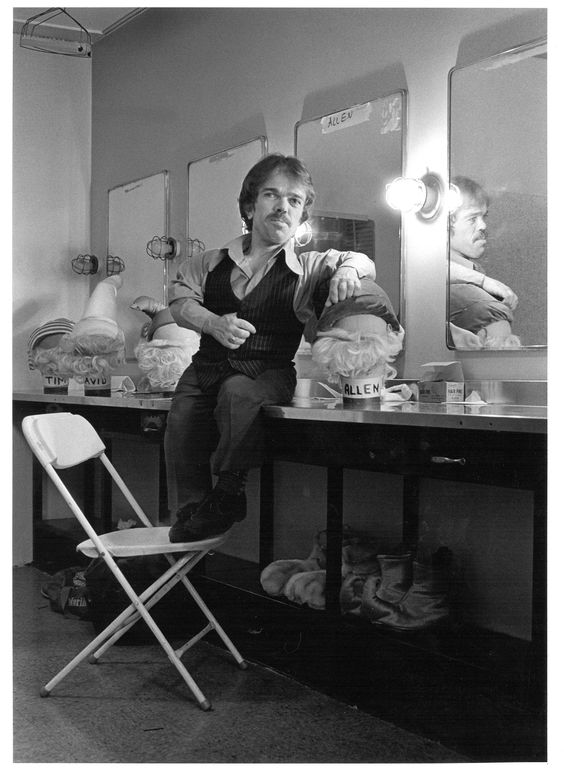
A lovely portrait of Allen in his dressing room in 1985. Photo by author and photographer Mary Motley Kalergis.
On one particular occasion, Ozzy was chatting with a journalist outside the band’s tour bus when a seriously blotto Allen came stumbling by. This pissed off the Prince of Darkness and once Allen was within arms reach, he grabbed him and threw him inside the luggage compartment of the bus, leaning on the door so Allen couldn’t get out. The journo recoiled in shock (which I find hilarious, because OZZY), then stammered at Osbourne telling him his treatment of Allen was uncalled for. Ozzy allegedly responded by telling the journalist he could do “what he liked with him” because he was “my dwarf.” Following this bizarre proclamation, Allen’s voice arose from the luggage compartment saying:
“He’s right, you know. I’m his dwarf, and he can do what he likes with me…”
During the North American leg of the Diary of a Madman Tour, tragedy struck when guitarist Randy Rhoads (and four other people including the pilot) was killed in a plane crash on March 19th, 1982. This devastating event sent Ozzy into an even more downward spiral. He upped his consumption of liquor and drugs, shaved his head, and constantly threatened to quit the music game forever. Of course, as we all know, the threats never came to fruition and Ozzy would keep going. Allen would continue to be ceremoniously hanged for the duration of the Speak of the Devil Tour. Following the tour, Allen was dismissed by either Osbourne, a member of his crew, or perhaps just moved on—it’s a little murky. Allen would appear in a few more films before his OD suicide in 1999 at the young age of 49. I’ve posted some behind-the-scenes images of Allen on tour with Ozzy, as well as a video of Allen on stage with Ozzy in 1982.
And now, you know...
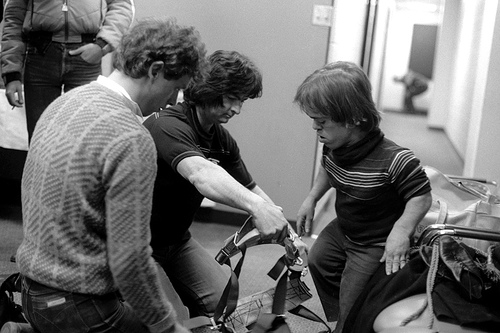
A photo of Allen preparing to be hung on stage during his time touring with Ozzy.
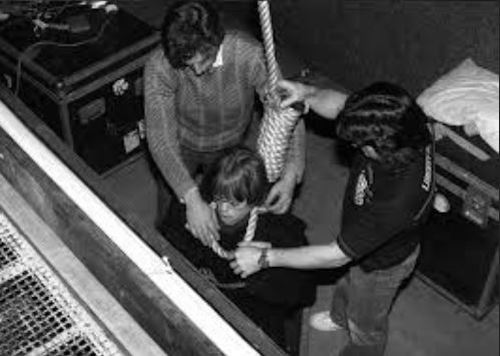
More after the jump…







